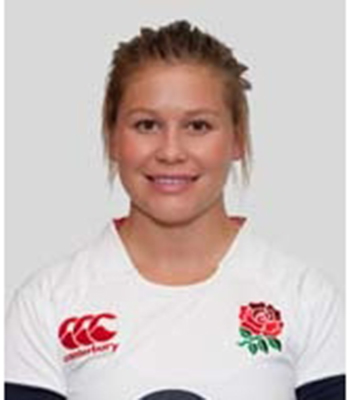Lower Leg & Ankle
Injuries
Whether you’re a die-hard athlete, a weekend runner or even turned your ankle walking on uneven surfaces, you’ve probably suffered an injury to your ankle at some point or know someone who has. In fact, one million people visit emergency rooms each year because of ankle injuries.
I will treat your ankle injury so you can resume your normal activities as quickly and comfortably as possible.


Common treatable conditions include:
– Sprains
– Fractures
– Achilles Injuries
Ankle sprains are one of the most common injuries in sports, and they come in two types: low ankle sprain and high ankle sprain. Low ankle sprains are more common and often occur when you roll over the lower part of your ankle, turning in your foot. High ankle sprains occur when there is an injury to the large ligament above your ankle that joins together the two bones of your lower leg.
Ankle sprains often lead to symptoms such as:
- Difficulty bearing weight
- Swelling
- Tenderness
Treatment for ankle sprains — which are often graded on severity from grade one to grade three — usually revolves around ways in which we reduce your inflammation and promote healing.
Common treatment methods for phase one of healing include:
- Protection – rest followed by gentle motion and use of crutches, if necessary
- Optimal loading – weight-bearing exercises to stimulate healing
- Ice
- Compression – tape or socks/stockings
- Elevation
If you continue to experience pain or have difficulty walking, phase two of the healing journey will include a personalized plan of care from your sports therapist to help with your ankle’s mobility, balance, strength, stability and endurance.
When you experience an ankle fracture (a broken ankle), one or more of the bones that make up the ankle joint are broken. Depending on the severity of your broken ankle, you can experience moderate pain while walking to complete inability to put weight on your ankle.
To determine whether you have a broken ankle, we typically first perform Ottawa ankle rules, a series of guidelines that help us decide if your ankle might be broken. If we suspect a fracture, we will immediately refer you to receive a radiograph to confirm whether you’ve suffered a broken ankle.
Treatment for a broken ankle can vary, depending on the severity of your injury. Our therapist will work with your physician to determine the right time to begin therapy and a specific plan of care to get you back to the things you enjoy.
Achilles tendinopathy is a common injury in which your Achilles tendon (which connects your calf muscle to your heel bone) becomes irritated, causing pain behind your heel. In many cases, Achilles tendinopathy occurs due to repetitive use of the Achilles tendon. We also treat people with Achilles tears, which require significantly more recovery time due to surgery to repair the torn ligament.
Treatment for Achilles tendinopathy involves a combination of activity modification, as well as treatment with your sports therapy team to restore strength, flexibility and mobility to the injured tendon.
Treating a torn Achilles requires surgery and a recovery process that typically takes eight months to a year before you fully return to physical activity. In this severe case, our therapists will stay in close communication with your physician during your healing process.








